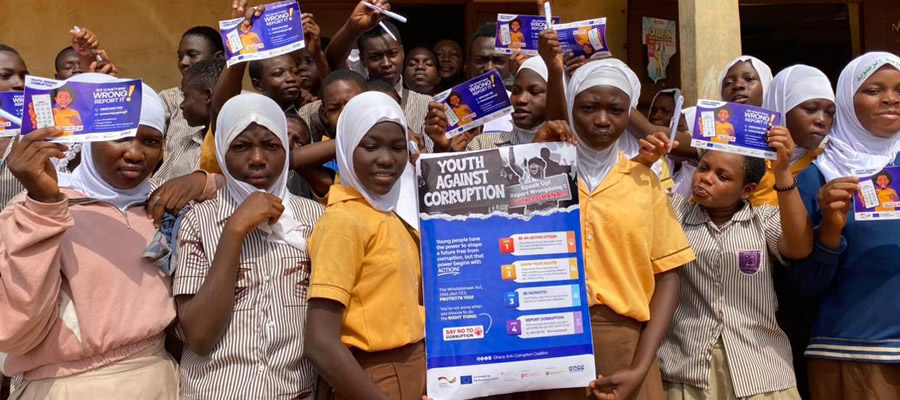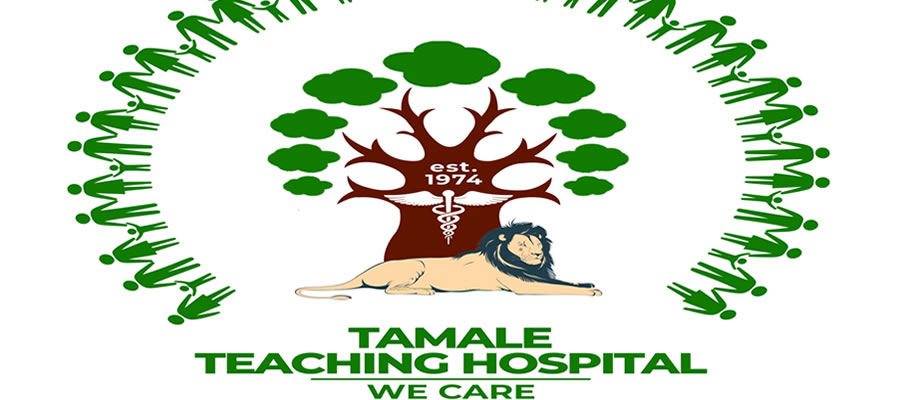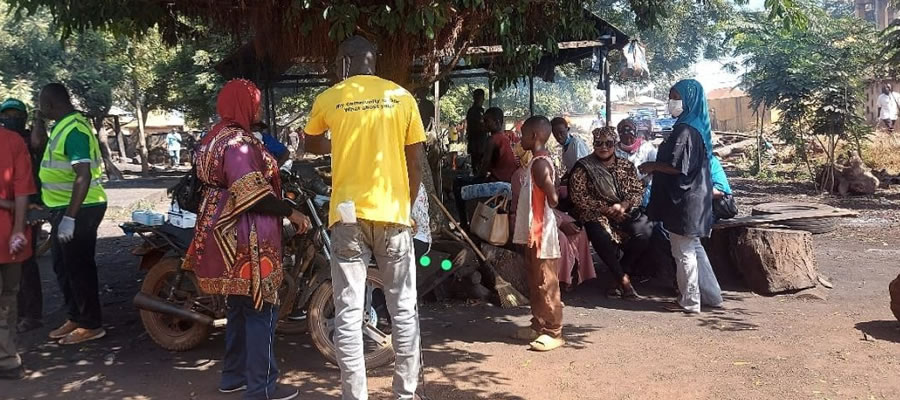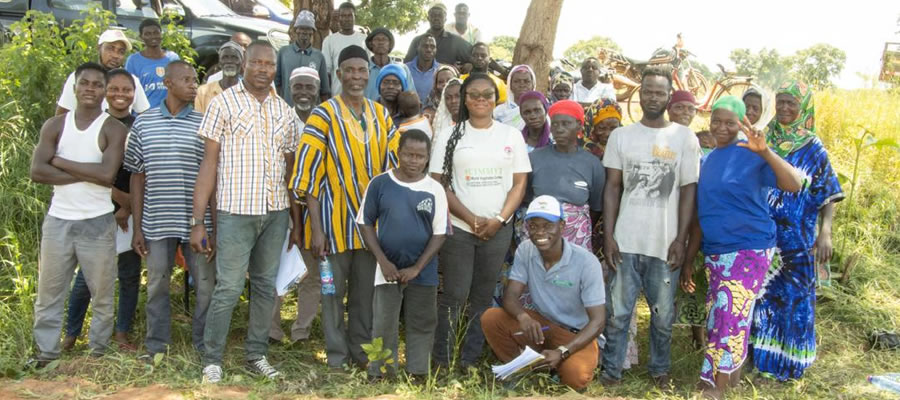
Introduction
Agriculture is a very important economic activity in Ghana, employing about 60 percent of the economically active population. This chapter discusses households that are engaged in various agriculture activities, such as; crops cultivation and trees grown, type of cropping and acreages, type of livestock reared and fish farming. Information collected on agriculture was household based
Households in Agriculture by District and Household Size
The 2010 census found that a total of 2,503,006 households in Ghana are engaged in agriculture, of which 240,238 households are in the Northern region. This constitutes 9.6 percent of the national total. The Northern region?s average agricultural household size is 8.5 compared with a national average of 5.3 persons (Table 11.1).
Rural households in Agriculture by District, Locality and
Household Size
As shown in Table 11.3, the rural distribution of households in agriculture by household sizes follows the same pattern as that of the national. The percentages increase from 1-person households to their peak around 5- and 6-person households, then drop, only to rise again at 10+ household size.
The lowest proportion recorded for 1-person households is 0.6 percent for both Chereponi and East Mamprusi, while the highest is 49.7 percent in Karaga District. The average household size in agriculture in rural Northern region is 8.4 persons per household; this surprisingly is lower than that of the urban average of 8.9. The average size of households in agriculture in rural Northern region ranges from a minimum of 6.8 people in Kpandai to 10.2 people in Karaga
Households in Agriculture by District, Type of Locality and
Sex of Head
Table 11.4 indicates that heads of households in agriculture in the Northern region are 90.7 percent male and 9.3 percent female. The pattern is the same in the districts, with the prevalence of male-headed households ranging from 81.6 percent in Sawla-Tuna-Kalba to 94.6 percent in Chereponi, while the proportion of female-headed households in agriculture ranges from as low as 5.4 percent in Chereponi to 18.4 percent in Sawla.
With respect to rural-urban distribution of sex of head of households in agriculture, 86.6 percent of urban households in agriculture are headed by males and 13.4 percent by females, while in rural areas, the percentages are even higher for male-headed (91.8%) and female-headed (8.2%) households. This trend may best be explained by cultural practices in the region.
Households in Agriculture by District and Agricultural Activity
Table 11.5 touches on the main agriculture activities and how they are distributed in the Northern region. The table indicates that most households are in crop farming (90.5%) and livestock rearing (30.1%) while tree growing (0.9%) and fish farming (0.1%) are the least practiced agriculture activity.
The large percentages for both crop farming and livestock rearing may be explained by households engaging in more than one activity. The Savelugu Nanton Distyrict has the highest proportion of households in crop farming involving 94.3 percent of households.The Bunkpurugu-Yunyoo District has the highest number of households in livestock rearing (66.7 %).
Households in Agriculture by District, Locality, Activity
and Sex of Head
Table 11.6 indicates that out of the 49,537 urban households in agriculture in the Northern region, 90.2 percent are engaged in crop farming, 1.6 percent in tree growing, 0.2 percent in fish farming and 30.1 percent in livestock rearing.
It is worth noting that, some households are involved in more than one agricultural activity. For example a household could be involved in tree growing as well as livestock rearing. Gushiegu has the largest proportion of households in crop farming (98.4%) while the Central Gonja District leads in tree growing
Distribution of Livestock by Locality and Number of
Holdings/Livestock
Livestock rearing is a major activity in the Northern region. Table 11.7 shows the distribution of livestock, by locality and number of holdings. The table indicates that there are six major holdings of livestock in the Northern region, namely. goats, chickens, sheep, cattle, guinea fowl and pigs.
The rural areas of the Northern region have far more livestock holdings (86.0%) than the urban areas (14.0%). The distribution of the number of livestock also follows the same pattern, with 13.2 percent and 86.8 percent for urban and rural areas respectively
Date Created : 11/28/2017 7:17:18 AM












 facebook
facebook
 twitter
twitter
 Youtube
Youtube
 +233 593 831 280
+233 593 831 280 0800 430 430
0800 430 430 GPS: GE-231-4383
GPS: GE-231-4383 info@ghanadistricts.com
info@ghanadistricts.com Box GP1044, Accra, Ghana
Box GP1044, Accra, Ghana